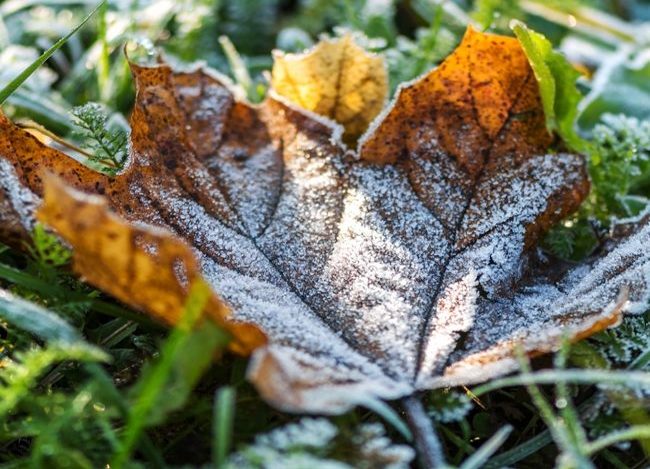Lawn care at the end of winter.
Outside the window is still February, but spring is not far away. The days are getting longer and soon the temperature will rise. It’s too early to do any big jobs in your yard and lawn, but planning ahead will save you time. As soon as the ground thaws, you can start preparing your lawn for spring. Having a well-thought-out plan will make the lawn cleaning process more efficient and enjoyable. March is the perfect time to prepare your lawn for spring. Soil can be difficult to work with if it is dirty and wet; therefore, it is important to wait until it is dry before attempting to work on the lawn.

Preparing your lawn for spring includes cleaning up your lawn after the cold winter weather and tilling the soil and grass to keep your lawn healthy and green.
Yard cleaning at the end of winter.
Pick up any debris that has accumulated over the winter, including fallen leaves, dead plants, sticks, etc. Check trees and shrubs for winter damage and clear buffer zones between garden and lawn.
Remove all protective coverings and winter mulch from the garden, shrubs and other areas of your lawn.
Start pruning trees and shrubs when it becomes comfortable outside. In this case, we recommend that you hire a professional landscaper to trim tall trees and shrubs, as they are qualified and equipped with the necessary gardening tools.

Thoroughly clean the lawn of mosses and fungi. They pose a danger to a healthy lawn and often hide in hard-to-reach places. Test the pH (acidity or alkalinity) of your soil every 2-3 years to determine which plants will do well in your yard. Different plants require different pH levels to thrive.
Transplant trees and shrubs before they bloom, when the ground is soft and thawed. Make landscape planning, choose plants for your garden and lawn. You can also sow the lawn in the spring, but no later than April to avoid hot weather. Make sure you water the seeds regularly.
Aerate your lawn regularly if you notice gaps, waterlogged areas or brown spots. Aerating the lawn is the process of oxygenating the top layer of the soil so that oxygen, nutrients and moisture reach the roots of the lawn. Replace the mulch to create a protective layer on top of the soil, conserving water, suppressing weeds and protecting plants. Organic mulches include bark, grass, straw, and leaves, while inorganic compounds include gravel, plastic, and fabric.

Fertilize your lawn to promote healthy green grass and prevent weeds, but don’t overdo it. Fertilizers provide nutrients such as nitrogen, phosphorus, potassium and iron that nourish plant roots and stimulate new growth. Apply herbicides that prevent weeds from entering your lawn, preferably in March. Once weeds start to grow, they are difficult to control.
Maintain a healthy lawn by mowing, weeding, trimming, and trimming your lawn regularly throughout the spring. When mowing the grass, the upper third of the grass should be removed.
If you need help with spring cleaning, fertilizing, plant and shrub care, or lawn care and maintenance throughout the season, please contact our Green Yard Garden Center

